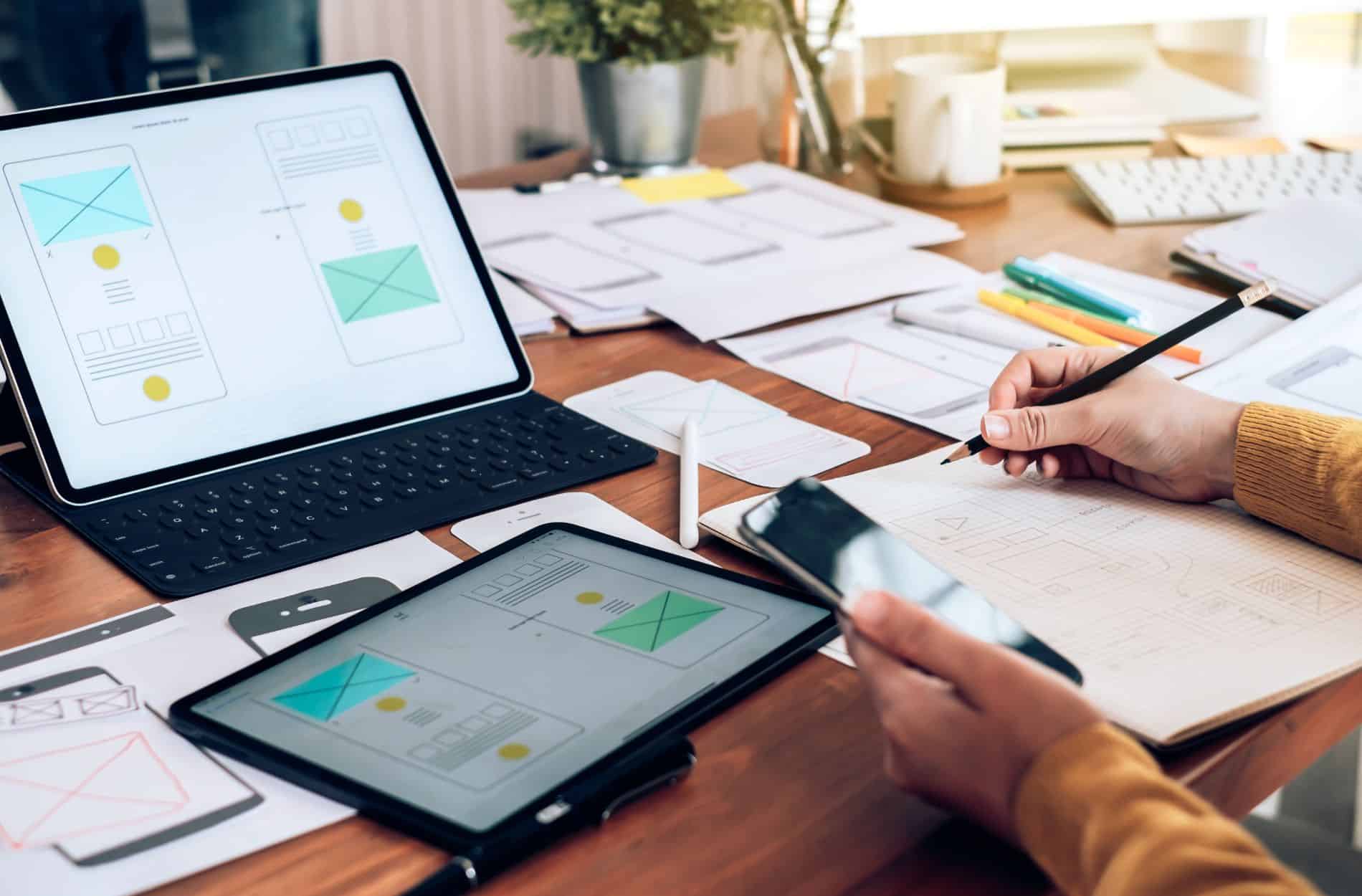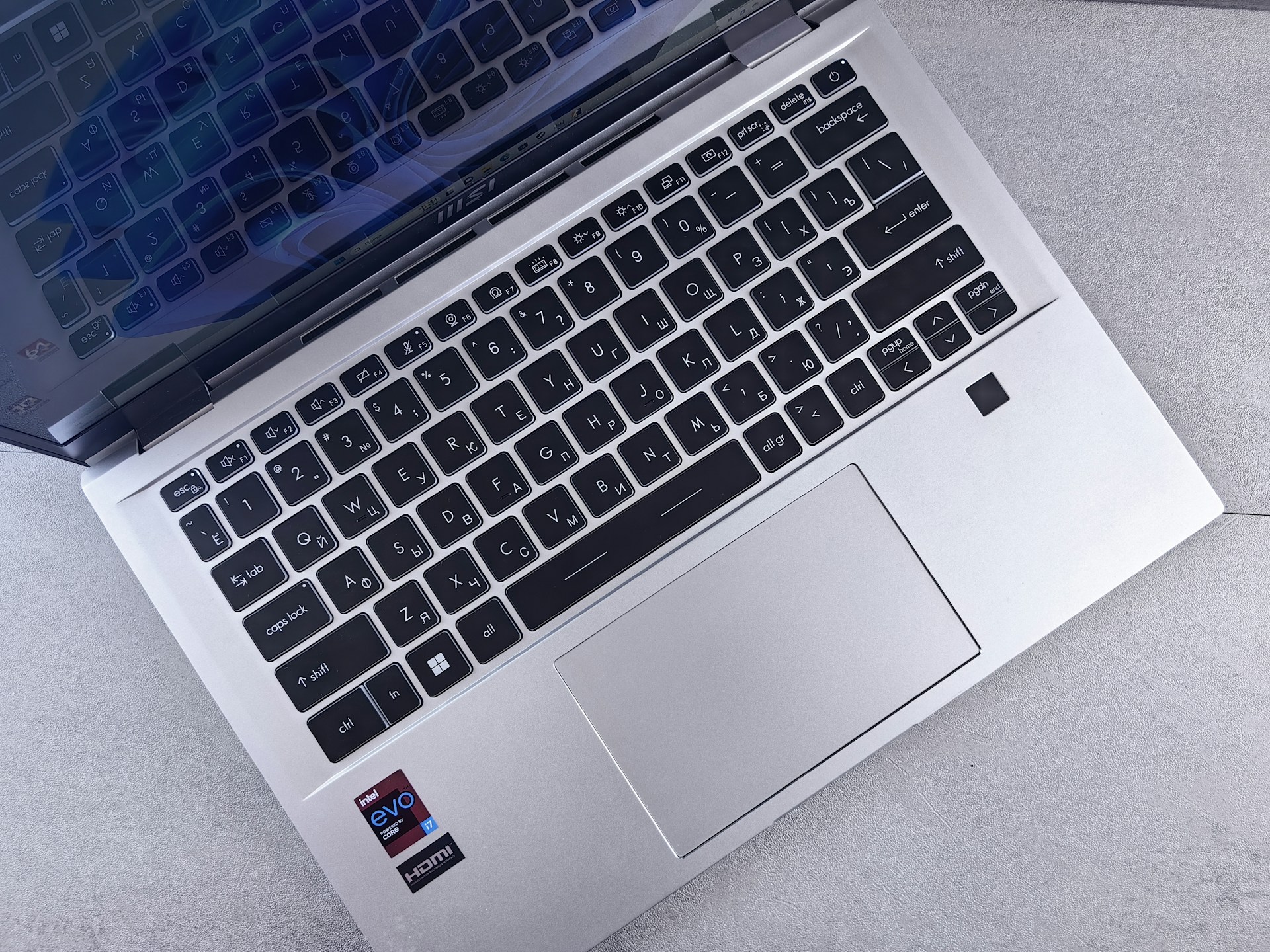Creating a website that users love requires more than appealing aesthetics. A user-friendly design enhances interaction, keeping visitors engaged and satisfied. Easy navigation, responsive layouts, and effective calls-to-action play a pivotal role in creating a seamless experience for users. When users can find what they need quickly without any obstacles, they are more likely to stay on your site.
The speed at which your website loads significantly impacts user satisfaction. Research shows that even a slight delay in load times can lead to a higher bounce rate. By focusing on optimising images and scripts, and using technologies like caching and CDNs, you can achieve faster load speeds. This not only pleases users but also improves your search engine rankings.
Content is king, as they say, but it’s how that content is presented that truly makes the difference. Engaging visuals and multimedia can elevate the user experience. Consistent branding and thoughtful content strategies are instrumental in keeping users interested. Encouraging feedback and continual testing further enhance the experience, allowing you to refine and grow your website in a direction that best serves your audience.
Key Elements of User-Friendly Website Design
Creating a user-friendly website starts with intuitive navigation and smart layout structures. Visitors need to find what they’re looking for without hassle. This means using clear menus and logical page hierarchies. Ensure that the most important pages are easily accessible from the homepage. Consider using breadcrumbs and search functions to make navigation smoother.
Responsive design is crucial, especially as people use a variety of devices. Your site should automatically adjust to fit desktops, tablets, and smartphones. This ensures everybody has the best viewing experience possible, no matter how they access your site. Test your design on multiple devices to ensure consistency.
Calls-to-action, or CTAs, guide users toward desired actions, like signing up for newsletters or purchasing products. They should stand out visually but also fit seamlessly into your design. Use contrasting colours for buttons and place them in positions where they’re easily noticed. Keep the language clear and action-oriented, such as “Get Started” or “Shop Now,” to encourage engagement.
Enhancing Page Load Speed
Speed is a critical factor in user experience. Optimising images is one of the most effective ways to boost load times. Compress images without losing quality, and use the right file format—for instance, JPEG for photographs and PNG for graphics. Similarly, streamline scripts and third-party plugins, which can slow down loading.
Caching is another technique to improve speed. By storing a version of your site on the user’s device, caching reduces the amount of data needing loading every time someone revisits your page. Implementing content delivery networks (CDNs) is also beneficial. CDNs distribute your site’s data across multiple servers globally, loading content from the server closest to the user, which shortens load times.
Minimising code is crucial. Remove unnecessary characters like spaces or comments in your HTML, CSS, and JavaScript files. This process, known as minification, helps browsers process scripts quickly, speeding up overall page load. Combining files can also be effective, reducing the number of requests between the browser and server. Together, these techniques create a faster, more satisfying experience for your visitors.
Engaging Content and Visuals
Crafting engaging content is key to keeping users interested in your website. Start by understanding what your audience wants to see and read. Content that is informative, entertaining, and relevant tends to capture and hold attention. Regularly update your blog or news section with fresh topics that resonate with your visitors and relate to their needs or interests.
Multimedia enhances user experience dramatically. Videos, infographics, and interactive elements can transform dull pages into interactive adventures. These elements break up text and provide dynamic ways to absorb information. For instance, a short video can explain a product’s benefits more effectively than paragraphs of text. Use high-quality images and graphics to complement your written content and bring concepts to life.
Consistency in brand visuals is essential for building recognition. Make sure that your colours, logos, and fonts are uniform across your site and other marketing materials. This consistency helps reinforce your brand identity and ensures users feel familiar with your site, no matter where they interact with it. A cohesive visual style supports trust and commitment from your audience, making them more likely to return.
Incorporating User Feedback and Testing
Gathering user feedback is invaluable for improving user experience. Encourage visitors to share their thoughts through surveys or feedback forms. Their input can highlight areas that need improvement and aspects of your site that work well. Understanding what your users like and dislike provides direction for refinements.
Conduct user testing to see how real users interact with your site. Testing identifies usability issues you might not notice. By observing how users navigate and what problems they encounter, you can make informed adjustments. A/B testing, where you compare two versions of a webpage, is a great way to identify which design elements perform better.
An iterative design process involves regularly updating and refining your site based on test results. This continuous cycle of implementation, testing, and adjustment ensures that your website remains user-friendly and aligned with audience expectations. Embrace changes that enhance usability, and don’t be afraid to experiment with new ideas based on user feedback.
Conclusion
Designing a website that delivers an outstanding user experience is a journey filled with thoughtful planning and constant improvement. By focusing on user-friendly navigation, quick load speeds, engaging content, and user feedback, you create a site that delights visitors and keeps them coming back. Each element plays a pivotal role in shaping how users perceive and interact with your website. Consistent efforts towards optimisation and enhancement ensure your site stays relevant and valuable to your audience.
Titan Blue Australia is here to help you transform your website into a haven for excellent user experiences with our web design services in Gold Coast. Whether you’re looking to redesign your site or enhance its current features, our team of experts will guide you every step of the way. Collaborate with us to build a website that not only meets your goals but exceeds user expectations.




